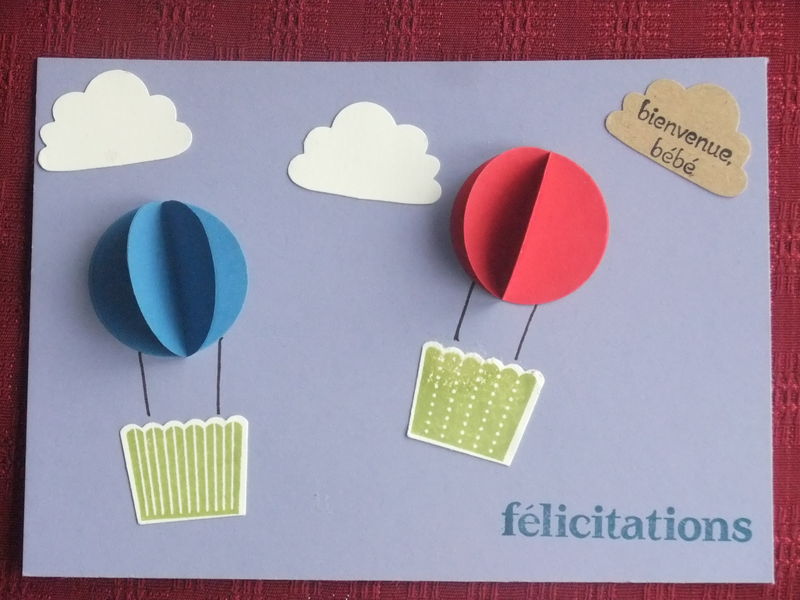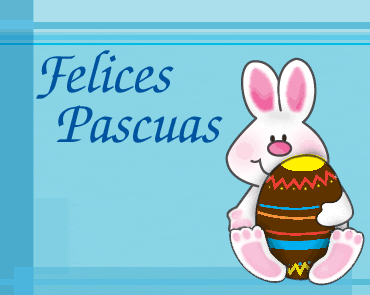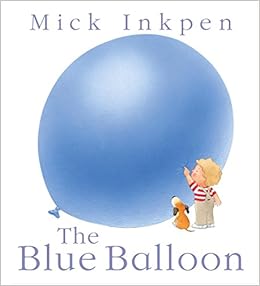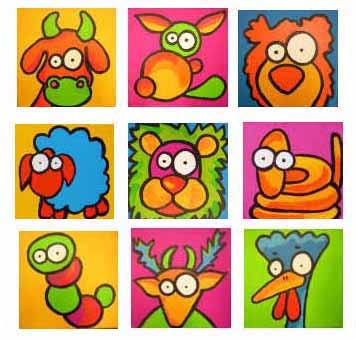Everyone's face is different , but every face tells a story and can convey emotions.
We will be using this clip and the clip below from Marcel Marceau on European Day of Languages this year to celebrate faces, facial expression and how we can convey so many emotions using our faces.
Our theme is " How are you feeling?" and we will explore different languages and how the face is a universal tool to share feelings and emotions but how different languages use differnet sound patterns and words to express the universal message of "facial expressions" .
I would suggest you only use part of the World Faces clip - partly because it is quite long and also because two of the adult faces appear with a cigarette in hand.
The Marcel Marceau clip below is ideal to explore how you can use your face to change the mood etc.You can discuss with the children how he conveys emotions without speaking and creates lots of different masks with just his face!
We will be creating a pack of resources and a lesson plan guide for network members so we can explore key phrases, their sounds in different languages and how to say and express facially these pharses.This can be accessed on the VLE - should you be a member- in the seasonal specials European Languages folder.
However the simplest approach that everyone can use is shared below.I have based this on using any the target language that you may be teaching your children.You could teach a new language or combine familiar targte language and a new language or two!
- Select some key emotions
- Select key phrases to express these emotions in the target language.
- Play a short excerpt of the world Faces clip and ask the children to decide what emotion they think is being converyed by certain faces , when you pause the clip.
- Can the children think of a phrase or a way of adding spoken language to the feeling they can see?
- Share you selected phrases and facial expressions with the class
- Can the children guess what emotion you are trying to convey.
- Discuss emotions
- Watch a short excerpt of the Marcel Marceau clip and ask the children to watch how his face can change so quickly.
- Ask the class to practise facial expressions of emotions with some simple familiar target language phrases (greetings ,farewells, how feeling, birthday greetings, etc)
- Observing another child in the class ,listening to their target language phrases and if necessary using a bilingual dictionary to access the language can they read the facial expressions of another person in the class (e.g sad, happy,excited,tired.....)
- If you can - why not teach key phrases in a new language and ask the children to explore the sound of these key phrases and how they can use the same facial expressions from the familoar target language activity to explain the meaning of the phrases.






























